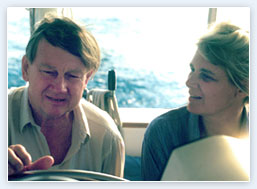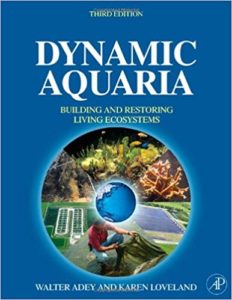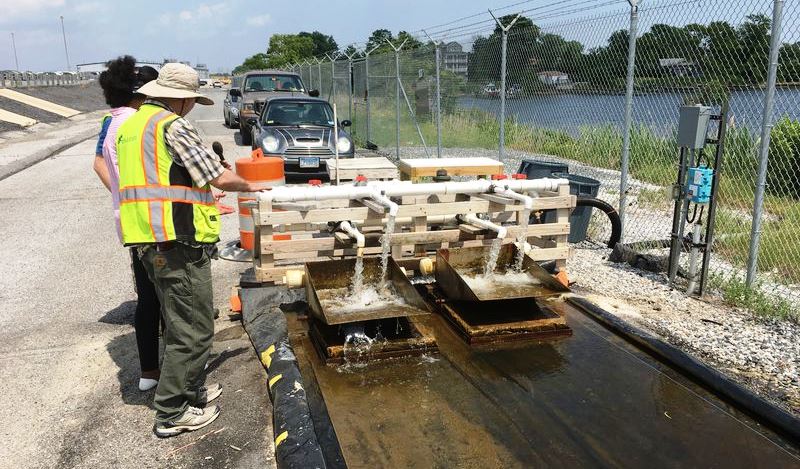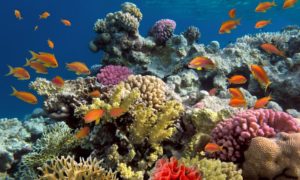Contrary to popular belief, algae are more than slimy pieces of seaweed––in addition to producing about half of the oxygen released into the atmosphere every day, the plants are a powerful tool for cleaning and restoring the environment.

Walter and Karen Adey.
Photo via Walter Adey.com
Dr. Walter Adey, an emeritus research scientist at the Smithsonian Institution’s National Museum of Natural History, is a pioneer of the algae field. He discovered algae’s potential in the 1970s and has been refining his “algal turf scrubber,” which purifies water by filtering out extra nutrients, ever since.
“I suppose the eureka moment was when a wave hit me and knocked me head over heels back across the reef,” Adey says. It was the early 1970s, and the scientist was cruising the Caribbean in a homemade, 41-foot boat. As he watched waves wash over the nearby coral reef, Adey realized that the undulating movement of the water acted as a natural conveyor belt.
Similarly to garden plants, which thrive with the help of fertilizer, algae grow by absorbing nutrients in their aquatic ecosystem. Waves move these nutrients around, essentially delivering a fresh supply of plant food with every back and forth motion.
The symbiotic exchange also revitalizes bodies of water: Algae take in the nutrients that build up and create environmental problems, or, in layman’s terms, purify water by enjoying a nutrient-rich feast.
Adey returned to his lab in Washington, DC at the beginning of the 1980s. He wanted to observe the ecosystem in more depth, so he grew a fully functional coral reef––inside the museum’s basement.
Soon, Adey realized that algal turf was a “scrubber” capable of removing excess nutrients from the model’s water. He created the algal turf scrubber, attached it to the reef aquarium and adjusted the quality of water as needed.
After Adey tested the technology in several other miniature ecosystems, he moved on to bigger projects, including a simulation of a Mars space colony and a tilapia fish venture in Texas. The algal turf scrubber had proven its effectiveness, but companies were wary of the costly, out-of-the-box tool.
Today, however, the algal turf scrubber is experiencing a resurgence of interest. As government clean water regulations grow stricter, companies are more willing to try new technology. Pilot programs have already emerged everywhere from Fort Lauderdale to the Port of Baltimore.
 Note from Storm: I worked with Dr. Adey for four years in the early 90s on finding new applications for his algal turf scrubber technology, which might well count as the world’s first example of restorative technology.
Note from Storm: I worked with Dr. Adey for four years in the early 90s on finding new applications for his algal turf scrubber technology, which might well count as the world’s first example of restorative technology.
There are many technologies that remove pollution from water, but most leave the water lifeless and deoxygenated, with all helpful organisms—not to mention the eggs and larvae of aquatic and marine creatures—filtered out. Not so the algal turf scrubber.
I also helped him edit the second edition of his classic book, Dynamic Aquaria: Building Living Ecosystems.
His holistic view of the planet’s life processes (he has doctorates in geology, botany, marine science, and more) was a major influence on my thinking, leading directly to my writing my first book, The Restoration Economy.
Photo of algal turf scrubber in action courtesy of Smithsonian Sidedoor.
The original version of this article appeared in the Smithsonian Magazine.


